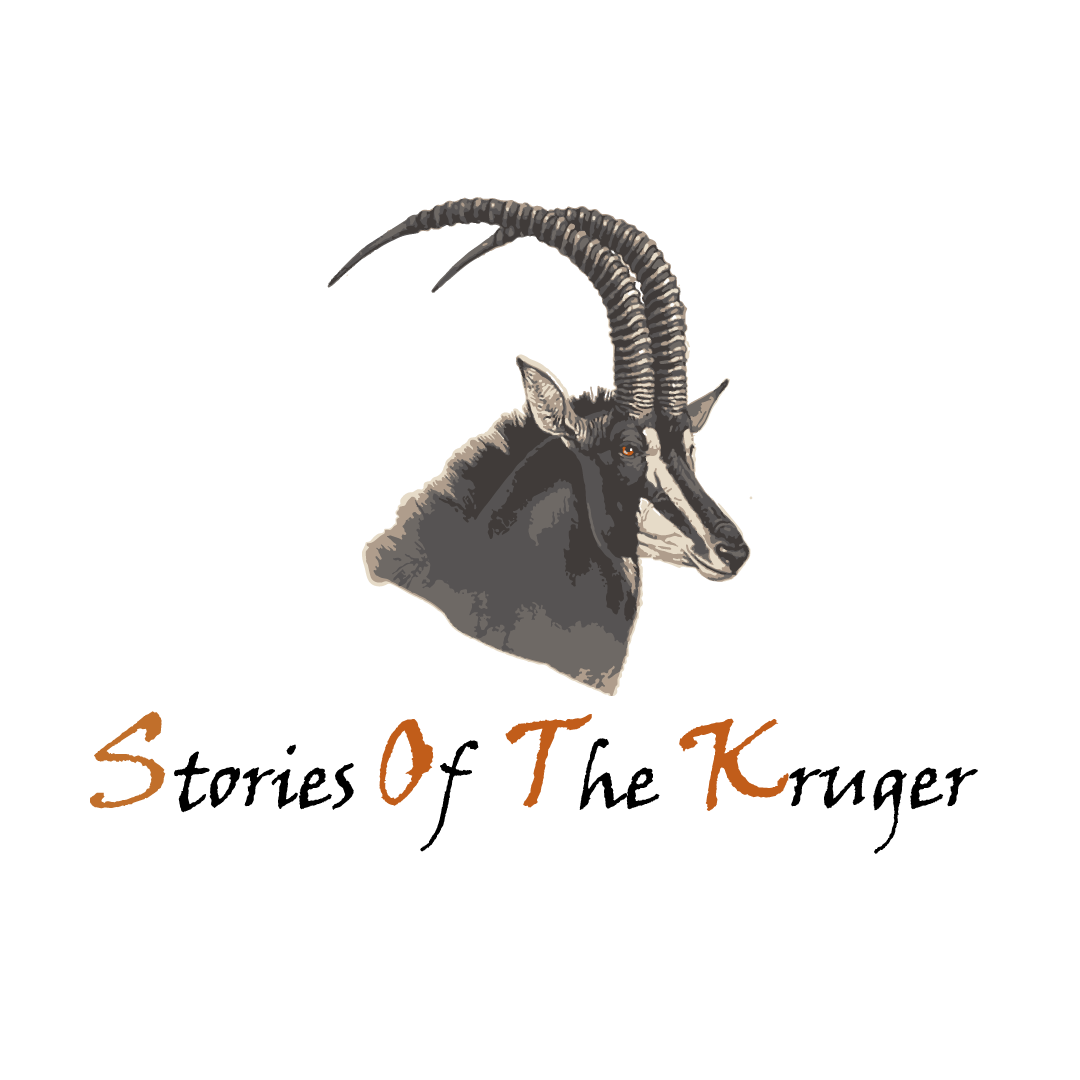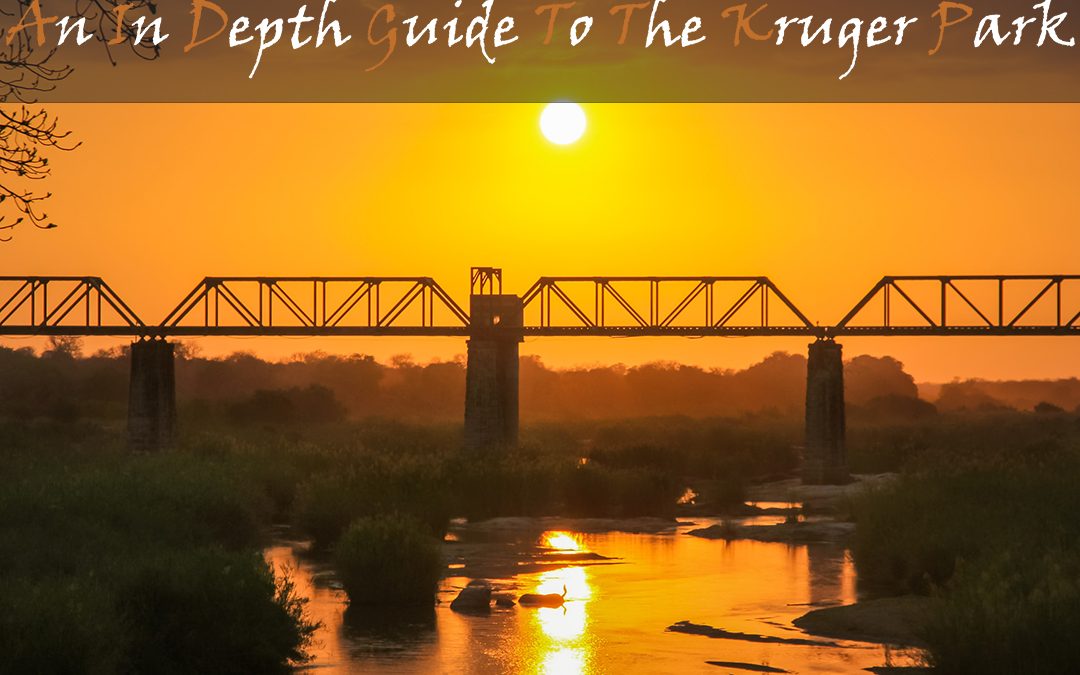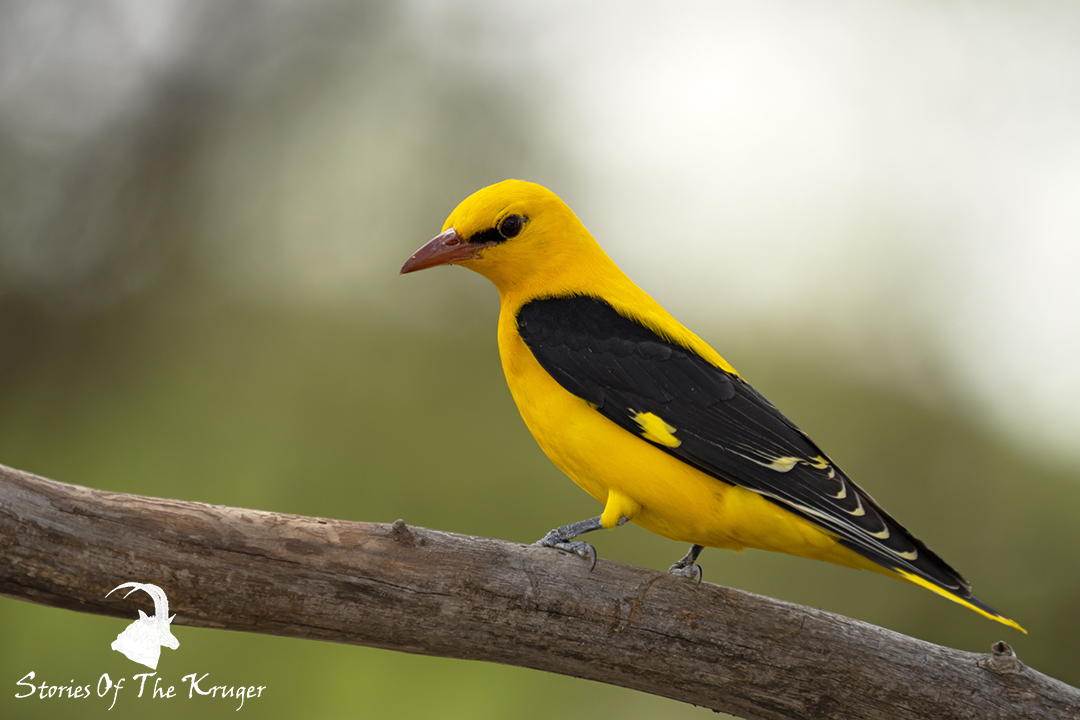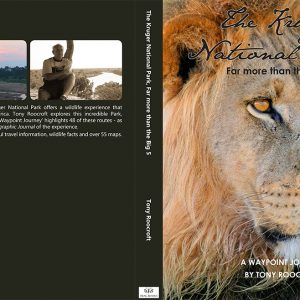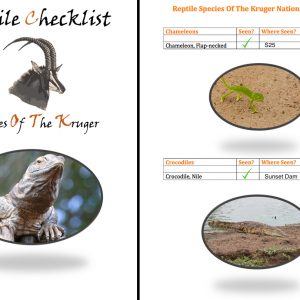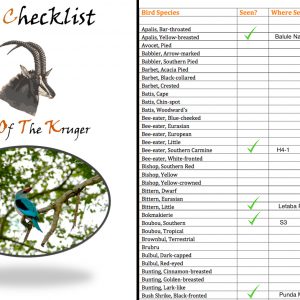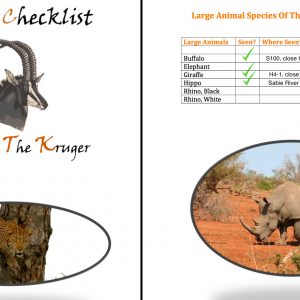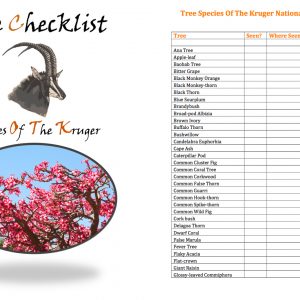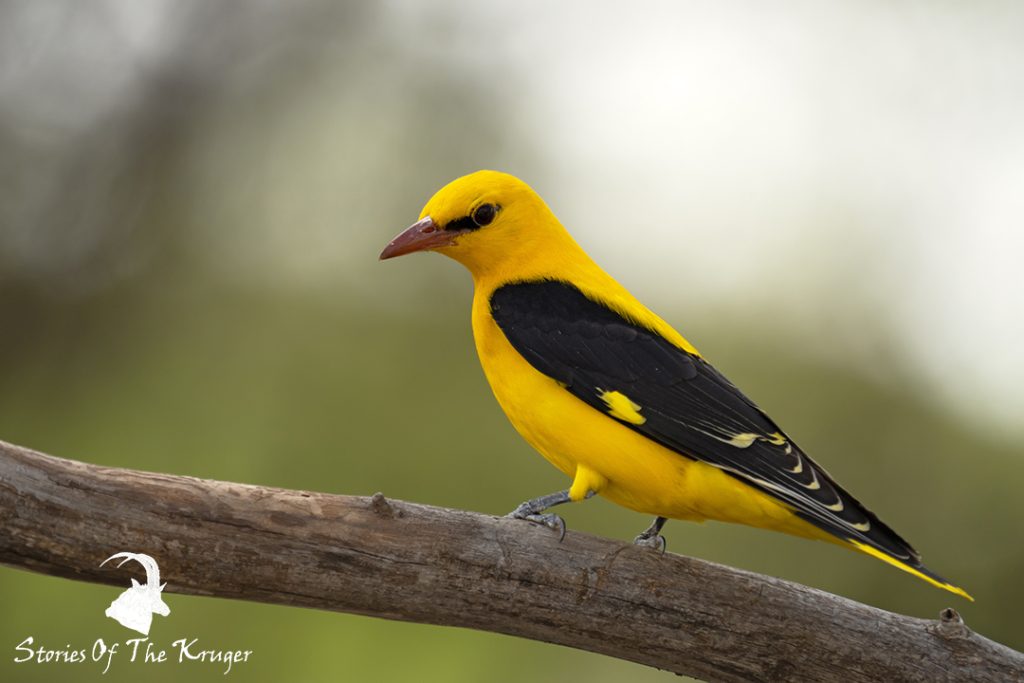Kruger National Park: A Comprehensive Guide
The Kruger National Park is one of South Africa’s most popular and renowned tourist destinations. Located in the northeast corner of the country, it is a vast expanse of wilderness and home to an abundance of wildlife. Established in 1926, it covers an area of approximately 19,485 square kilometers and is one of the largest game reserves in Africa. Here’s everything you need to know about the Kruger National Park:
Kruger National Park: History and Conservation
The Kruger National Park was named after Paul Kruger, the President of the South African Republic from 1883 to 1900 (See more below). The park was established to protect the wildlife and biodiversity of the region from hunting and habitat destruction. It has since become a conservation success story, with numerous conservation programs in place to preserve the park’s natural beauty and protect its inhabitants.
The park is home to over 500 bird species, 147 mammal species, and 116 reptile species. Some of the most iconic animals found in Kruger National Park include elephants, lions, leopards, rhinos, and buffalo. These animals are known as the “Big Five,” and spotting them on a safari is one of the highlights of any visit to the park.
Visiting The Kruger National Park
The Kruger National Park is open to visitors all year round, although the best time to visit is during the dry season (May to September), when the animals congregate around the waterholes. The park has several entrance gates, and visitors can choose to explore the park on their own or with the help of a guide.
There are several types of accommodation available within the park, including campsites, lodges, and self-catering cottages. These range from basic to luxury, so there is something to suit every budget and preference. Visitors can also take part in a range of activities, including game drives, guided walks, and bird watching.
Kruger National Park: Game Drives
A game drive is a popular activity in Kruger and involves exploring the park in a specially designed vehicle. Game drives can be self-guided or led by a park ranger or a private guide. During a game drive, visitors can expect to see a variety of wildlife, including the “Big Five” and other animals such as giraffes, zebras, and hyenas.
Kruger National Park: Guided Walks
Guided walks are a great way to experience the Kruger National Park up close and personal. A trained ranger leads the walk, and visitors are taken on a leisurely stroll through the park. Guided walks are an excellent opportunity to learn about the park’s flora and fauna and to see animals and birds that are not usually visible from a vehicle.
Kruger National Park: Bird Watching
The Kruger National Park is a bird watcher’s paradise, with over 500 species of birds to spot. The park has several bird hides, which are perfect for watching birds without disturbing them. Visitors can also take part in guided birding walks, led by experienced birding guides.
Kruger National Park: Conservation Efforts
The Kruger National Park is not just a tourist attraction; it is also a critical conservation area. The park has several conservation programs in place to preserve its natural beauty and protect its inhabitants. One of these programs is the Kruger National Park Rhino Project, which aims to protect and conserve the park’s rhino population from poaching.
Another conservation program is the Kruger National Park Predator Research Project, which studies the park’s predator populations, including lions, leopards, and hyenas. The research provides valuable insights into the ecology and behaviour of these animals, which are essential for their long-term conservation.
An Overview Of The Kruger National Park
The Kruger National Park is an incredible destination for anyone who loves wildlife and the outdoors. With its vast expanse of wilderness and abundance of wildlife, it is a must-visit for anyone traveling to South Africa. Whether you’re interested in game drives, guided walks, or bird watching, there is something for everyone in this beautiful park.
But beyond being a tourist attraction, Kruger National Park is a crucial conservation area. With numerous conservation programs in place, the park is doing its part to protect its inhabitants and preserve its natural beauty for generations to come.
Visitors to the Kruger National Park can feel good knowing that their presence is helping to support these conservation efforts. The park’s entrance fees and tourism revenue go directly towards funding the various conservation programs in place, so visitors can enjoy their time in the park while also contributing to its protection.
A Brief History Of The Kruger National Park
The Kruger National Park is one of the largest and most famous national parks in Africa, known for its diverse wildlife, breathtaking landscapes, and rich cultural heritage. Here’s a brief history of the park:
The earliest inhabitants of the area now known as Kruger National Park were the San people, who lived in the region for thousands of years and left behind rock art that can still be seen today. Later, the area was home to various tribes of Bantu-speaking people, who hunted and farmed in the region.
In the late 1800s, the area was annexed by the South African Republic, a Boer republic that later became part of the Union of South Africa. The government established game reserves in the region to protect the wildlife, but these reserves were poorly managed and the animals were still subject to hunting and poaching.
In the 1920s, a group of concerned conservationists including Paul Kruger, the former president of the South African Republic, and James Stevenson-Hamilton, a former British military officer, began lobbying for the creation of a national park in the region. They believed that a national park would provide better protection for the wildlife and promote tourism.
Their efforts paid off in 1926, when the South African government established the Sabie Game Reserve, which would later become Kruger National Park. The park was named after Paul Kruger, who had died a few years earlier, in recognition of his role in promoting conservation in the region.
Over the years, the Kruger National Park has grown in size and popularity, and is now one of the largest national parks in Africa, covering over 19,000 square kilometers. The park is home to an incredible diversity of wildlife, including elephants, rhinos, lions, leopards, cheetahs, hyenas, and many more.
Today, the Kruger National Park is a popular destination for tourists from around the world, who come to experience the beauty and wonder of the African wilderness. The park is also an important centre for conservation and research, as scientists work to understand and protect the wildlife and ecosystems of this incredible region.
In conclusion, the Kruger National Park is a unique and unforgettable destination that should be on every traveler’s bucket list. With its incredible wildlife, stunning scenery, and dedication to conservation, it is a destination that truly has something for everyone.
Check Us Out On YouTube
Subscribe to our YouTube channel and watch all our videos, listen to bird calls, animal calls and more!
